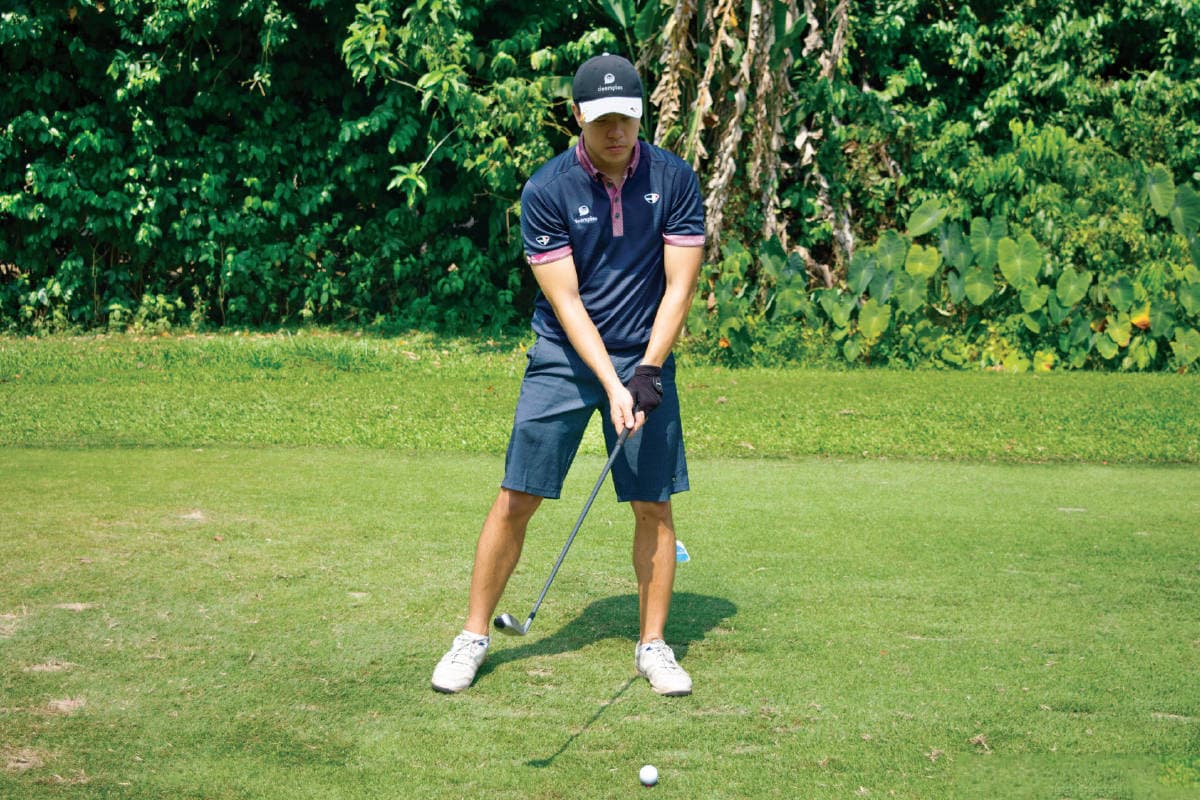
This article first appeared in Digital Edge, The Edge Malaysia Weekly on April 11, 2022 - April 17, 2022
Golf is often considered a luxury sport, partly due to its exclusive nature, as it requires one to spend a lot of money on golfing equipment and accessories, not to mention club memberships, which could cost between RM50,000 and RM200,000.
For the most part, the perception is not unwarranted. However, David Wong, CEO and co-founder of golfing app Deemples, wants to make the sport more accessible.
While golf is more expensive than badminton, football and basketball, it is cheaper than motor sports, water sports, skydiving, equestrian and many others, he points out.
A round of golf in Malaysia can now be played for as low as RM30 for nine holes, and it costs only about RM12 to hit 100 balls at the driving range, Wong adds.
Malaysia is one of the cheapest places in the world to golf, and with travel restrictions imposed because of Covid-19, many have taken up this sport as it allows them to observe social distancing.
Wong, a golf enthusiast himself, developed the app to help golfers find other golfers to play with and expand their network.
When his interest in golf started 12 years ago, golf courses in Malaysia required a minimum number of people in a group to play on a course, making it difficult for lone golfers.
Wong figured that this problem could have been solved with the introduction of an on-demand service platform similar to Uber, Grab or foodpanda, but none existed.
He kept the idea on the back burner until the Covid-19 pandemic struck. With the long-drawn-out lockdowns at the early stage of the pandemic, Wong decided to fill the gap and came up with a way of enabling golfers to find partners to play with whenever, wherever.
According to global research firm Sports Marketing Surveys’ (SMS) 2021 survey “How Covid-19 is Changing Golf in Asia – Playing Habits”, Malaysian golfers are likely to play with people whom they do not know personally, with the majority of the respondents (71%) stating that they are receptive to playing with strangers if their friends are not available.
This motivated Wong to set up Deemples, which allows golfers to post games that other golfers can join. Golf courses were also open to exploring the use of golfing apps as technology had increasingly become a part of daily life during the various Movement Control Orders.
He says Deemples has been able to help the golf courses generate revenue by making it more convenient to book rounds on courses throughout Malaysia. The golf courses can also post daily games on the app, enabling golfers to participate and also make payments upfront to secure their slots.
“With everyone going online and businesses going digital, it just makes sense that booking your next round of golf can also be as easy as ordering bubble tea. The golf courses we work with are confident of seeing golfers become more active than before, given how long it has been since they have played,” Wong shares.
Wong says that interest in golf was actually in decline before the pandemic because of the rise in activities such as mixed martial arts and high-intensity interval training.
He adds that when the pandemic broke out, people could not take part in many sports as these involved close contact. Golf was the only one that allowed social distancing, he points out.
In SMS’ survey, 63% of the respondents say they are restless for courses to reopen. Fifteen percent of the golfers surveyed are newcomers under the age of 35 who started playing within the last three years.
Nevertheless, the perception that golf is a sport for the wealthy remains, says Wong.
The vast difference in wealth levels in Asia correlates with the number of golfers in each country. Japan has the greatest number of courses and golfers by far as it is a developed, high-income country. It is home to 7% of the world’s golfers.
However, most Japanese golfers are above 60. The country is not producing as many younger golfers as neighbouring East Asian countries like South Korea and China, Wong says.
Golfers in Southeast Asia make up only 2% of the world’s golf population, with Malaysia coming in highest at 1%. The percentage falls to 0.1% for countries like Indonesia and the Philippines, whose populations are largely lower income.
“The Malaysian golf market is small, but it is a good testing ground for us since it’s home ground and has a higher middle-class population,” says Wong.
As Deemples’ goal is to help golfers everywhere find a game anytime they want to, he says the platform is built with the ability to penetrate markets overseas, including possibly the US this year.
Save by subscribing to us for your print and/or digital copy.
P/S: The Edge is also available on Apple's App Store and Android's Google Play.